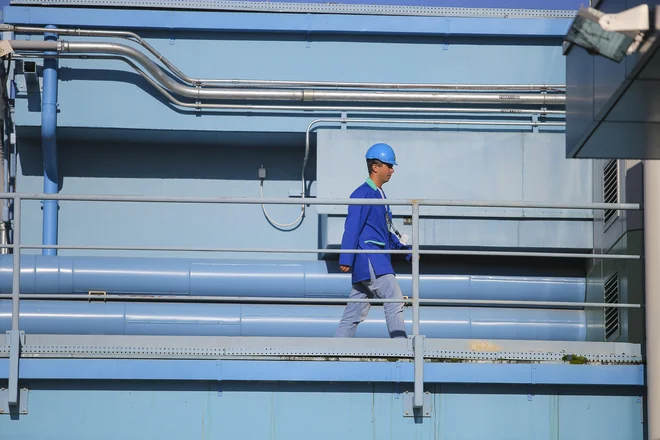The Ministry of Economy wants to immerse digital innovations in « Regulatory sandboxes »

Since the summer of 2025, the mechanism of experimental legal regimes (EPR), which allows you to move away from standard state regulation for the sake of achieving the result, can also be used in relation to technological innovations. The Ministry of Economy, which prepared a draft report on the effectiveness of EPR, is confident that the use of such “regulatory sandboxes” will quickly display new developments to the market. The department plans to go further and, as I learned, to distribute this regime for testing digital innovations, which are now outside the legal field – we are talking, for example, about artificial intelligence technologies.
The use of experimental legal regimes (EPR) in the field of digital innovation showed that they are the most convenient tool for checking the sufficiency and effectiveness of special regulation. Its use allows you to gently and phased to improve general regulation, notes the Ministry of Economy in the draft report on EPR (Kommersant has).
Let us explain the EPR (“regulatory sandboxes”) allow you to introduce local changes into legal regulation for the sake of introducing new and not fitting into existing technologies. Now 19 EPR have been installed in such, in particular, areas, such as unmanned aerial and ground transport, medical services, public services, financial market. Separate experiments are carried out only at certain sites (for example, unmanned vehicles are tested in Skolkovo), there are also examples of EPR that are common to the territory of the whole country (telemedicine). The head of the Department of Digital Development and the Economics of the Ministry of Economy Vladimir Voloshin explains that the mechanism allows companies to quickly test and implement digital innovations in conditions when the legislation does not allow this to do this, which is important for promoting technological sovereignty. “EPR is an effective tool for testing innovative technologies that helps to quickly display new developments to the market,” Kommersant said in the Ministry of Industry and Trade.
The creation of the necessary for the Russian Federation, technologies required the expansion of the application of the mechanisms of the « regulatory sandbox ». From June 27 (the date of entry into force of the Law on Technological Policy) EPR can be used to test technological innovations.
According to the draft report, then the Ministry of Economy plans to initiate changes in the Law on EPR, so that it is possible to establish this regime for testing digital innovations that do not have general regulation.
It should be noted that the principle of “the technology was, then the regulation” was repeatedly declared by the Deputy Prime Minister-the head of the government apparatus Dmitry Grigorenko. On April 16, at the Data Fusion conference, he noted that « all technologies were born outside the rules. » “By any regulation, we should not limit the development of technology,” said Deputy Prime Minister.
Professor of the Kutafin MGUA Aleksey Efremov notes that under the concept of innovation with missing general regulation, a large number of projects of both digital transformation and the development of technologies oriented to ensure technological leadership can fall. It recalls that the regulatory framework for the development and implementation of such initiatives is only being formed. “For example, there is no general regulation in relation to marketplaces (the draft law on a platform economy is now being discussed), artificial intelligence and biotechnology technologies,” the expert says. The changes planned by the authorities, in his opinion, should generally support: the greater flexibility of EPR will improve the quality of the application of this mechanism. “At the same time, it is important to ensure an assessment of the effectiveness and effectiveness of the stages of the experiments,” says Alexei Efremov.







